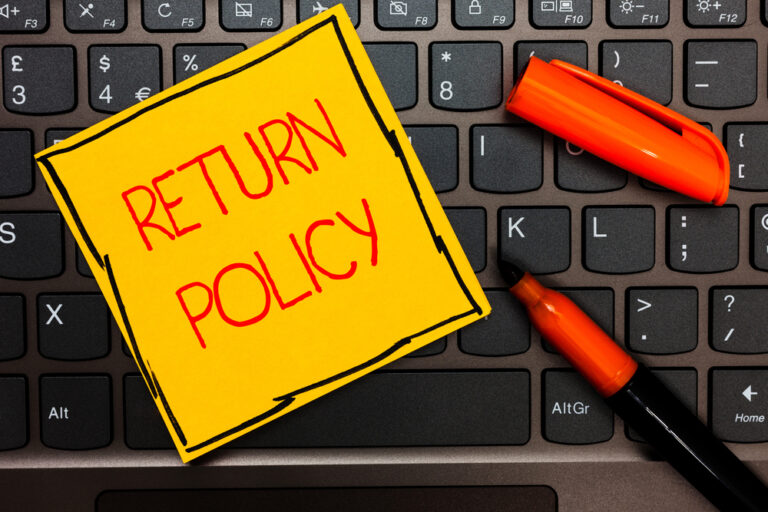Let me hit you with a shocking stat: 42% of all global fraud cases happen right here in the US. As a payment processor who’s seen countless businesses get burned, I’m here to tell you why payment security isn’t just another checkbox on your to-do list.
Stripe processes billions in payments annually, and chances are you’ve used them as a customer without even knowing it. But here’s the thing – while Stripe might seem like the go-to choice for your business, there’s more to the story than their slick marketing suggests.
I’ve seen too many entrepreneurs lose their hard-earned money because they didn’t understand the full picture. Today, I’m pulling back the curtain on Stripe’s safety features, limitations, and hidden gotchas that could make or break your business.
Whether you’re launching your first coaching program or scaling your ecommerce empire, you need to know exactly what you’re getting into. Let’s dive into the real deal about Stripe’s safety.
GET PAYMENT PROCESSING THAT BACKS YOU
Is Stripe Payment Safe for Customer Data?
Let’s get real about Stripe’s security muscle – because when you’re handling other people’s money, you can’t mess around.
Bank-Grade Encryption
Stripe uses AES-256 encryption for all card data at rest. What’s even cooler? The decryption keys live on completely separate machines, so even if someone breaches one system, they can’t access your customers’ sensitive data.
On your end, you see this as Stripe Tokens—tokenized customer data.
Fortress-Level Infrastructure
Here’s something that’ll help you sleep better at night: Stripe’s payment infrastructure runs on its own isolated hosting setup. Think of it like a vault within a vault – even Stripe’s own internal servers can’t see the actual card numbers. They’ve also got this sweet bug bounty program where they pay hackers to find security holes before the bad guys do.
Fraud Prevention Arsenal
As someone who’s battled payment fraud daily, Stripe’s approach here makes sense, even if it’s a bit trigger happy. They’ve packed in some serious firepower:
- Real-time risk assessment that spots sketchy transactions before they happen
- 3D Secure authentication (that extra verification step your customers sometimes see)
- Customizable fraud rules you can tweak based on your business needs
Compliance and Certification
Stripe holds the PCI Service Provider Level 1 certification – that’s the highest level possible. But here’s the kicker – while Stripe handles the heavy lifting, you’ll still need your own PCI compliance. Don’t worry though – they make it pretty straightforward with their built-in tools.
Next-Level Data Protection
Every piece of data that flows through Stripe gets the royal treatment. They use SSL encryption for all connections, and their tokenization system means sensitive card data never touches your servers. That’s fewer security headaches for you and better protection for your customers.
START TOKENIZING YOUR CUSTOMER DATA
Is Stripe Payment Safe for Businesses Outside the US?
Listen up, because location matters big time in the payment processing world. I’ve helped businesses from New York to Sydney to Stockholm set up their payment systems, and here’s the real scoop on Stripe’s geographic safety.
Global Reach
Stripe currently operates in 46 countries, and they’re constantly expanding. That’s impressive coverage, but here’s what you really need to know – once you’re approved in your country, you can sell to customers anywhere in the world.
However, selling in another currency is a different story—and I do recommend selling in the customer’s currency to avoid confusion or a lost sale. Stripe allows you to turn on what’s called Dynamic Currency Conversion so customers from anywhere can see what they’ll actually pay.
Cross-Border Transaction Safety
You can process payments in 135+ currencies, which is a game-changer for international businesses. But there’s a cost to this convenience. International transactions come with an additional 1% fee, and you’ll pay another 1% if currency conversion is needed.
Location Verification Requirements
Stripe takes location verification seriously. They’ll need to verify your home address to comply with KYC (Know Your Customer) requirements. This isn’t just bureaucratic red tape – it’s actually protecting you and your customers from fraud.
Many business owners want to open a US Stripe account for a variety of reasons. But if you aren’t physically in the US and your personal or business data isn’t in the US, then you’ll have no luck in succeeding.
Regional Pricing Variations
The payment landscape changed dramatically after Brexit, especially for UK and European businesses. For example, if you’re an EEA business selling to UK cardholders, you’re looking at a 2.5% + €0.25 fee structure. These regional differences matter for your bottom line.
If you really want to open a Stripe account in another country, you should look into opening a business in that country with a physical address there and a person to man the helm. That person can help you
Pro Tip: If you’re running an international business, consider setting up local currency accounts. This way, you can avoid those pesky currency conversion fees and keep more of your hard-earned money.
GET MULTI-CURRENCY SUPPORT FOR YOUR STORE
Is Stripe Payment Safe for Online Businesses?
Let me drop some truth bombs about business risk that nobody else is talking about. After helping hundreds of businesses navigate payment processing, I’ve seen too many entrepreneurs get their accounts frozen because they didn’t understand their risk level.
High-Risk vs. Low-Risk: The Real Deal
Your business might be high-risk without you even knowing it. Stripe loves businesses that sell physical products with immediate delivery. But if you’re in any of these common categories, you’re walking on thin ice:
- Online coaching or consulting
- Digital courses or memberships
- Subscription boxes
- Dropshipping
- Made-to-order products
The Digital Product Dilemma
I see this all the time with course creators and coaches. You think you’re safe because you’re making good money, but here’s the harsh reality – Stripe considers digital products high-risk.
Why? Because there’s no physical inventory to back up your sales. If customers request refunds en masse, Stripe is left holding the bag. There’s also a higher likelihood of chargebacks and reported fraud.
MCC Codes: Your Business’s Secret Identity
Every business has an MCC (Merchant Category Code), and it’s like your payment processing DNA. Stripe automatically assigns you one based on your business type, but if they assign you the wrong code, you could be operating under false security. Always verify your MCC matches your actual business model.
Risk Mitigation Strategies
Want to stay safe? Here’s what I tell my clients:
- Document everything about your delivery process
- Keep detailed records of customer interactions
- Build a solid refund policy
- Consider splitting high-risk and low-risk products into separate accounts
Remember, Stripe isn’t evil – they’re just protecting themselves. But as a business owner, you need to protect yourself too. If you’re in a high-risk category, you might want to look at specialized payment processors who understand your business model better.
OPEN A HIGH-RISK PAYMENT PROCESSING ACCOUNT
Is Stripe Payment Safe If I Don’t Have a Business Bank Account?
Let’s talk about scaling your business – because what works at $5k/month might get you shut down at $50k/month. I’ve seen too many entrepreneurs hit the panic button when Stripe suddenly holds their funds, so let me break down what really happens when you start making serious money.
The Volume Game
Here’s a reality check – Stripe starts looking at you differently once you hit certain revenue milestones. While they don’t advertise these thresholds, I’ve noticed increased scrutiny typically kicks in around:
- $20,000 monthly revenue
- Sudden spikes in transaction volume
- Rapid growth in international sales
The Bank Account Evolution
Starting with your personal bank account? That’s cool for now. But once you start scaling, you’ll need to level up your banking game. Here’s what I tell my clients:
- Under $20k/month: Personal account might work
- Over $20k/month: Get a business bank account ASAP
- Over $50k/month: You need a dedicated merchant account
The Underwriting Process
Nobody talks about this, but Stripe will eventually want to underwrite your business. When this happens, they’ll typically:
- Review your processing history
- Check your business documentation
- Analyze your customer dispute ratio
- Verify your delivery methods
Every payment service provide does this, Stripe just puts it off to the very last second. Operating this way lets businesses open an account in seconds. But when the time comes, your account will be frozen until Stripe approves you for a merchant account—and the rate won’t be favorable. That’s not even mentioning paused sales during the climb of your business.
Reserve Requirements
Let me be straight with you – as you grow, Stripe might start holding some of your money in reserve. This isn’t personal; it’s risk management. They might hold:
- A percentage of your daily sales
- Funds for a specific time period
- Extra reserves during high-growth periods
Reserves are normal. You should learn to allocate a percentage of your profit towards a reserve anyway, even if it’s not required.
Keep in mind that Stripe won’t use your reserve funds to pay for things like chargebacks and refunds. That will still have to come directly from you.
Pro Growth Tips
Want to scale safely? Here’s what works:
- Keep your chargeback ratio under 0.75%
- Document your fulfillment process meticulously
- Build a cash buffer for potential holds
- Consider multi-processor relationships as you grow
Remember, growth is good, but controlled growth is better. Don’t let payment processing be the bottleneck that kills your scaling dreams.









